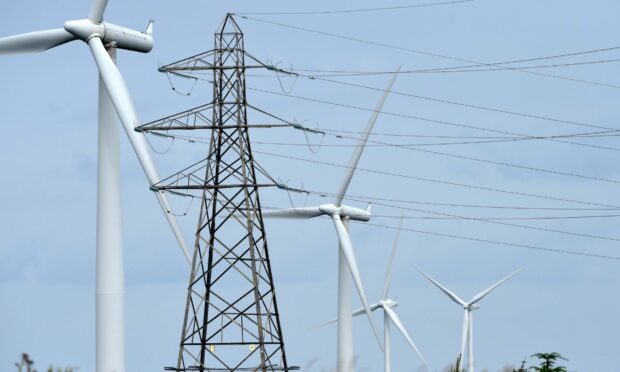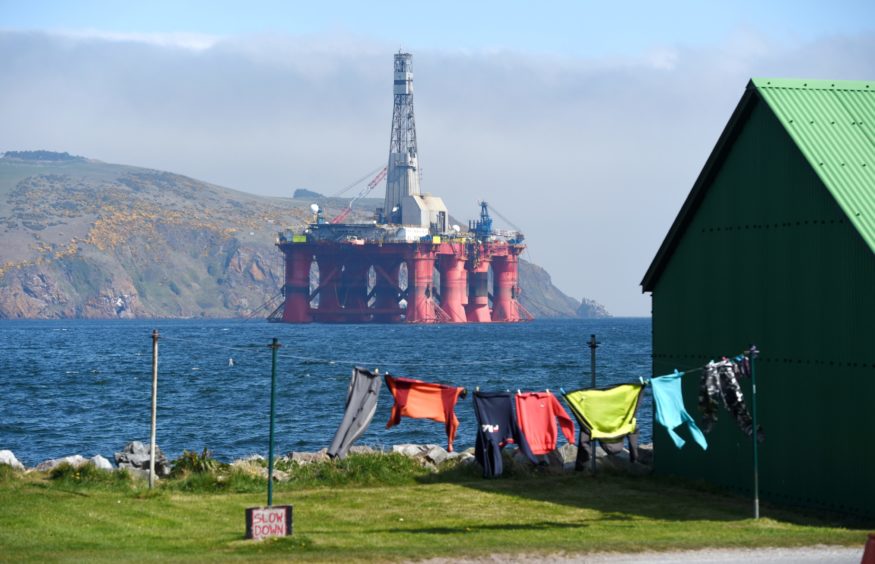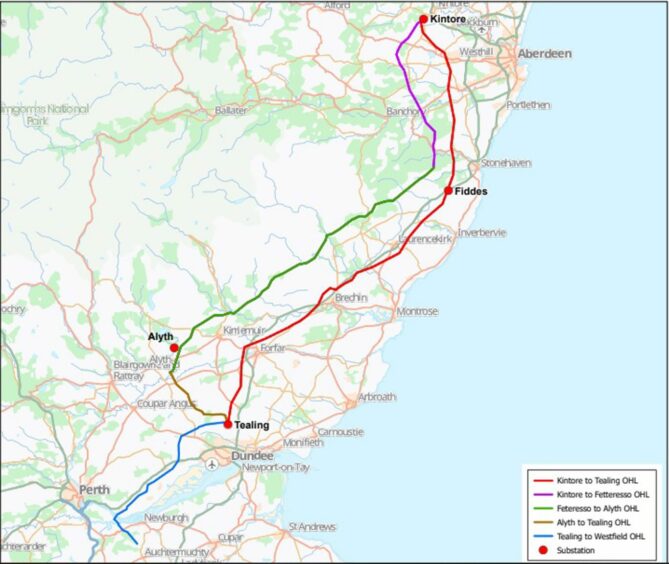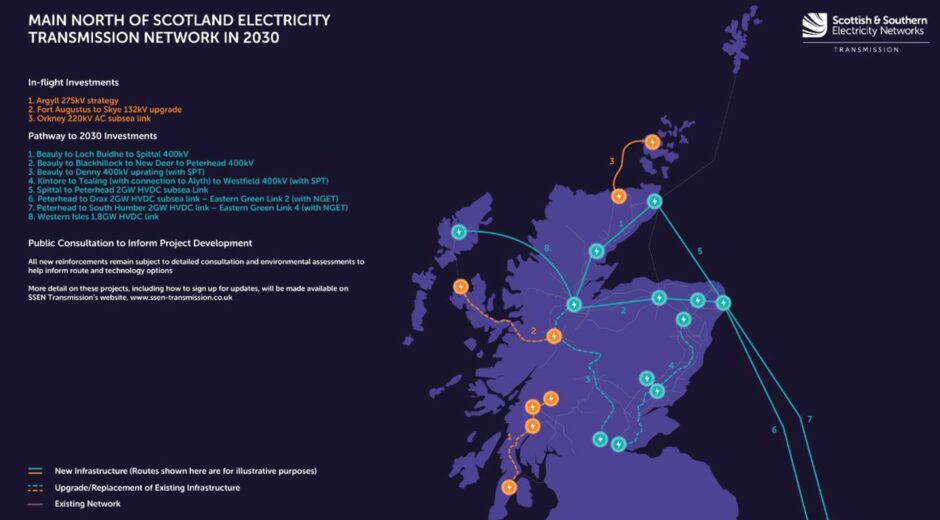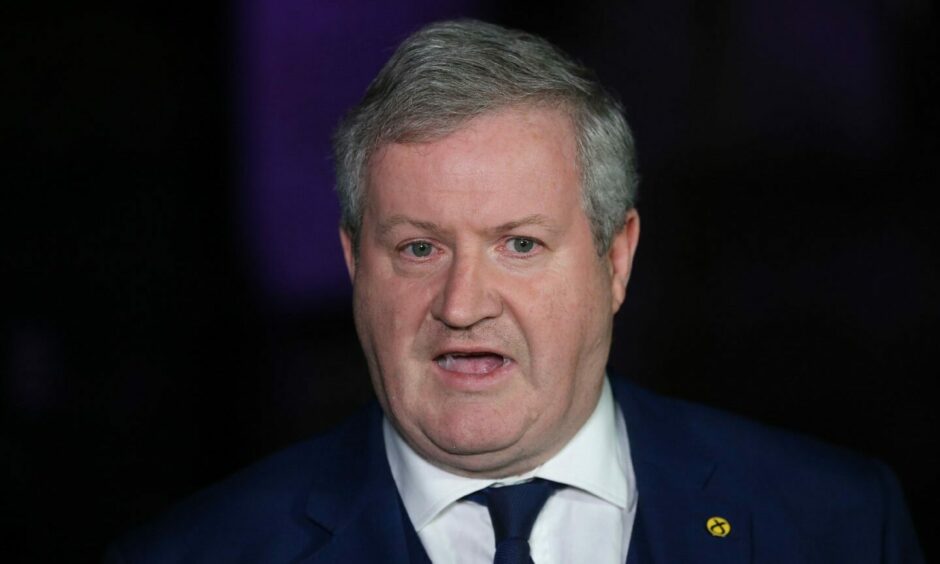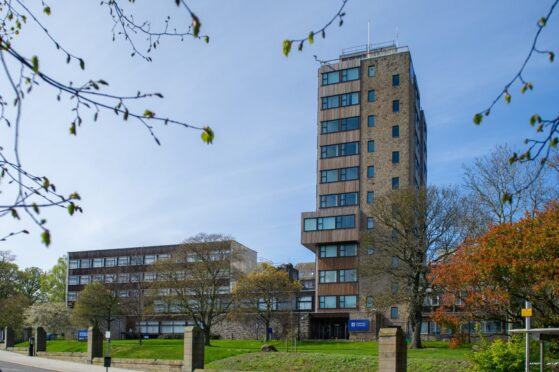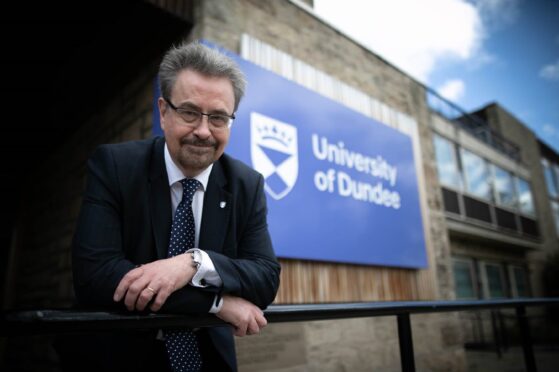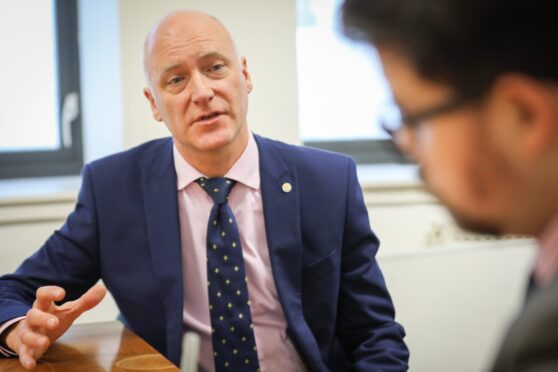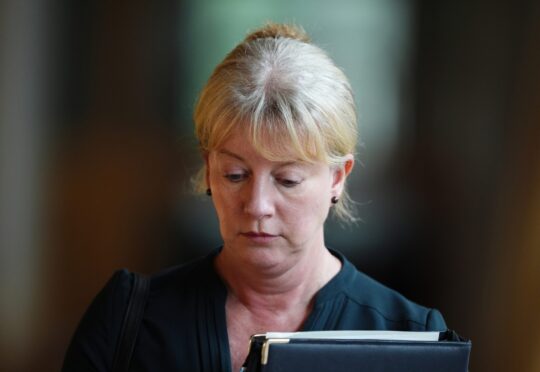A new blueprint for an “industrial revolution” aims to showcase the opportunities for Scotland to accelerate towards renewable energy.
But the plans, commissioned by former SNP Westminster leader Ian Blackford, identify pitfalls along the way.
- Alternative energy doesn’t guarantee the same return as added value in fossil fuels
- Other small countries are already taking advantage in crucial new sectors.
- Communities are fighting the impact of ‘super pylons’ connecting rural sources to urban areas
New plan sent to SNP Government
Can the new route map, published on July 14, work with wide support?
To find a quick path to growth, Mr Blackford enlisted Sir Martin Donnelly, a former top civil servant in the UK Government’s business and energy departments, along with Skye-based Professor Dominic Houlder, from the London Business School.
They propose a new executive led by the first minister to oversee industrial strategy, which they hope to launch in autumn.
READ MORE: Where are the oil and jobs, and what next for the industry?
The new council would have power to take decisions and allocate funds over many years.
It would develop “green” infrastructure and build on university expertise.
The focus on education and green energy will not work on its own, they warn.
The best brains might not change the economy without better support, and success in new energy might not boost the vital local supply chain.
Their report also warns: “Although alternative energy can potentially create many more jobs, it risks delivering less value added than the existing fossil-based sector in the north-east of Scotland, which has been a global leader in subsea technology.”
Meanwhile, in communities from Dundee to Skye, groups are already fighting back at the massive new pylon infrastructure power companies say is required to connect the energy.
Mr Blackford says he lives a few miles from the proposed pylons in Skye, and accepts the change is not straightforward.
But he warns: “We’ve actually got to look people in the eye and say if you’re serious about getting to net-zero, in Scotland’s case in 2045, somebody please tell me how on earth we’re going to do this?”
He adds: “We cannot get away from the fact that we need electricity pylons. We need to be honest about that.”
‘Beholden to developers’
Mr Blackford says communities could do with seeing more benefits from renewable production.
“At the moment you’re beholden to the good will of the developers as to whether or not there’s community benefit, and quite frankly that’s wrong. It ought to be a matter of statute,” he says.
Campaigners from Skye to Dundee
In the east, particular Angus and the Mearns, community groups are demanding a halt to SSEN’s proposal for a 400kV overhead line of pylons stretching 70 miles from Kintore in Aberdeenshire to just outside Dundee.
They fear the impact of new towers more than 50 metres tall – higher than 10 double-decker buses stacked on top of each other.
It’s part of the wider transmission upgrade across the north by 2030.
Tracey Smith, of Save our Mearns, said communities from Kintore to Tealing have combined strength over the 66-mile route.
The group wants the power companies to consider offshore cables.
“We’re in favour of green energy and sharing it with whoever needs it,” she says.
“They need to make sure it goes from A to B without trashing our countryside and ruining our farmland.”
Her group is planning a large public meeting on Saturday at Westerton Farmers near Laurencekirk from 10.30am on Saturday.
The new report – called Roadmap for a Scottish Green Industrial Strategy – was published the day after it emerged a North Sea oil firm plans to bring forward the shutdown of the the huge Forties field in 2026, 11 years early.
It would bring an end to 51 years of production at the field which helped launch the North Sea industry in Aberdeen.
Mr Blackford said the new routemap has to bring change – it cannot just be “another report”.
He added: “Let’s not make the mistakes we’ve made in the past. A lot of good has come out oil and gas in the north-east but we never really exploited the opportunity to its fullest extent, particularly in the supply chain.
“It could happen if there is a failure of responsibility, and we need to make sure it doesn’t happen this time around.”
Sir Martin, joining Mr Blackford to promote the report in Westminster, said the formation of a new executive with decision-making powers is key.
“It doesn’t wish away the problems but it gives you a powerful tool to manage that transition with public and private sector over the medium term, taking together finance, human resources and skills.”
Despite the community resistance along powerline routes, Mr Blackford still imagines an “industrial revolution” for the Highlands.
“I want people people to live and work there, I don’t want it just to be a place for people to come and retire to, it has to be a living, breathing place,” he adds.
Read more on this topic:
